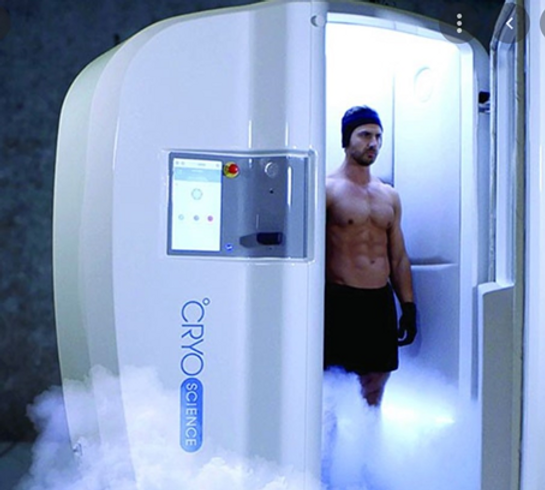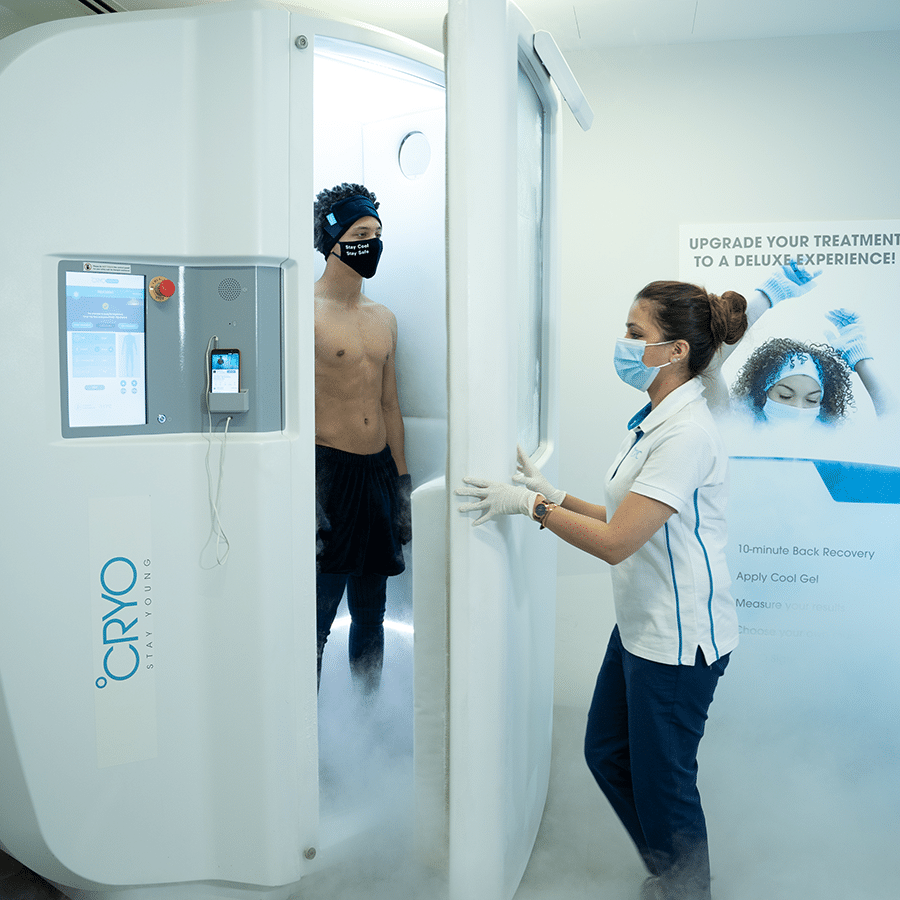how many calories does cryotherapy burn
Overview of cryotherapy and its potential benefits
Cryotherapy is a treatment that involves exposing the body to extremely cold temperatures for a short period of time. This therapy has gained popularity in recent years as a way to improve overall health and well-being. Some potential benefits of cryotherapy include reducing inflammation, relieving pain, boosting the immune system, improving sleep, and increasing metabolism.
Understanding the concept of calorie burning
Calorie burning refers to the process by which the body uses energy to perform various functions throughout the day. This energy comes from the food we consume and is essential for basic bodily functions such as breathing, digestion, and movement. The number of calories burned can vary depending on a person’s age, weight, activity level, and metabolism. Regular exercise and physical activity increase the number of calories burned, helping to maintain a healthy weight and overall fitness. Engaging in activities that raise the heart rate and increase muscle mass, such as strength training and cardio exercises, can help maximize calorie burning. It is important to note that cryotherapy alone may not have a significant impact on calorie burning, but it can be a complementary part of an overall fitness and wellness routine.
What is Cryotherapy?
Explanation of cryotherapy and how it works
Cryotherapy is a treatment method that involves exposing the body to extremely cold temperatures for a short duration. This therapy is believed to provide various health benefits, including reduced inflammation, pain relief, boosted immune system, improved sleep, and increased metabolism. However, it is important to note that the science behind cryotherapy is still evolving, and more research is needed for conclusive evidence.
Different methods of cryotherapy
There are different methods of cryotherapy that can be used to treat specific conditions or achieve specific goals:
- Whole Body Cryotherapy (WBC): In WBC, the entire body is exposed to extreme cold temperatures of around -100°C to -150°C for a few minutes. This can be done in a cryotherapy chamber or cabin.
- Local Cryotherapy: This method involves targeting specific areas of the body with cold air or ice packs. It is commonly used for pain relief and reducing inflammation in localized areas.
- Cryofacial: Cryofacial is a cryotherapy treatment for the face, using cold air or controlled cold temperatures to rejuvenate and tighten the skin.
- Cryotherapy for Sports Recovery: Athletes often use cryotherapy to enhance recovery from intense workouts or injuries. This may involve whole-body cryotherapy or localized treatments.
It is important to consult with a healthcare professional before trying cryotherapy, as it may not be suitable for everyone, and safety precautions should be taken into consideration.
Factors Affecting Calorie Burning
Understanding the variables that impact calorie burning during cryotherapy
Cryotherapy is known for its potential to boost metabolism and calorie burning, but the actual effects can vary based on different factors. Here are some key variables that can influence the calorie burning process during cryotherapy:
Body composition, metabolism, and treatment duration
- Body composition: The amount of muscle and fat in your body can affect how many calories you burn during cryotherapy. Muscles require more energy to maintain than fat, so individuals with higher muscle mass may burn more calories.
- Metabolism: Each person’s metabolism is unique, and some individuals naturally have a faster metabolism than others. A faster metabolism can contribute to increased calorie burning during cryotherapy.
- Treatment duration: The duration of the cryotherapy session can also impact calorie burning. Longer exposure to cold temperatures may result in a higher calorie burn.
- Additional factors: Other variables, such as age, sex, and overall fitness level, can also influence the calorie burning process during cryotherapy.
It’s important to note that while cryotherapy may have some impact on calorie burning, it should not be considered a substitute for regular exercise and a balanced diet. Consult with a healthcare professional to determine the most effective weight management strategies for your specific needs.
Calorie Burning Potential of Cryotherapy
Understanding the variables that impact calorie burning during cryotherapy
Cryotherapy is known for its potential to boost metabolism and calorie burning, but the actual effects can vary based on different factors. Here are some key variables that can influence the calorie burning process during cryotherapy:
Body composition, metabolism, and treatment duration
- Body composition: The amount of muscle and fat in the body can affect how many calories are burned during cryotherapy. Individuals with higher muscle mass may burn more calories as muscles require more energy to maintain than fat.
- Metabolism: Each person has a unique metabolism, and individuals with a faster metabolism may experience increased calorie burning during cryotherapy.
- Treatment duration: Longer exposure to cold temperatures during cryotherapy sessions might result in a higher calorie burn.
- Additional factors: Age, sex, and overall fitness level can also influence the calorie burning process during cryotherapy.
Estimated calories burned during a cryotherapy session
It is challenging to provide an exact number of calories burned during cryotherapy as it highly depends on the factors mentioned above. However, studies suggest that a single cryotherapy session may burn around 200-800 calories on average.
Comparison with other forms of exercise
While cryotherapy may offer some calorie burning benefits, it is important to note that it should not replace regular exercise and a balanced diet. The calorie burn during cryotherapy is relatively lower compared to vigorous exercises such as running or high-intensity interval training (HIIT), which can burn 400-800 calories per hour. Cryotherapy can be an adjunct to a healthy lifestyle, but it should not be solely relied upon for weight management.
Consulting with a healthcare professional is recommended to determine the most effective weight management strategies tailored to individual needs and goals.
Scientific Studies on Cryotherapy and Calorie Burning
Overview of relevant research studies on cryotherapy and its effects on calorie burning
Several scientific studies have explored the potential of cryotherapy in boosting metabolism and burning calories. These studies have examined various factors that can influence the calorie burning process during cryotherapy sessions.
Key variables that have been studied include body composition, metabolism, treatment duration, age, sex, and overall fitness level. The amount of muscle and fat in the body, as well as an individual’s metabolism, can impact the number of calories burned during cryotherapy. Longer exposure to cold temperatures during cryotherapy sessions may also result in a higher calorie burn.
Findings and conclusions
While it is challenging to provide an exact number of calories burned during a cryotherapy session, studies suggest that on average, a single session may burn around 200-800 calories.
However, it is important to note that cryotherapy should not replace regular exercise and a balanced diet. The calorie burn during cryotherapy is relatively lower compared to vigorous exercises such as running or high-intensity interval training (HIIT), which can burn 400-800 calories per hour.
Cryotherapy can be used as an adjunct to a healthy lifestyle, but it should not be solely relied upon for weight management. Consulting with a healthcare professional is recommended to determine the most effective weight management strategies tailored to individual needs and goals.


